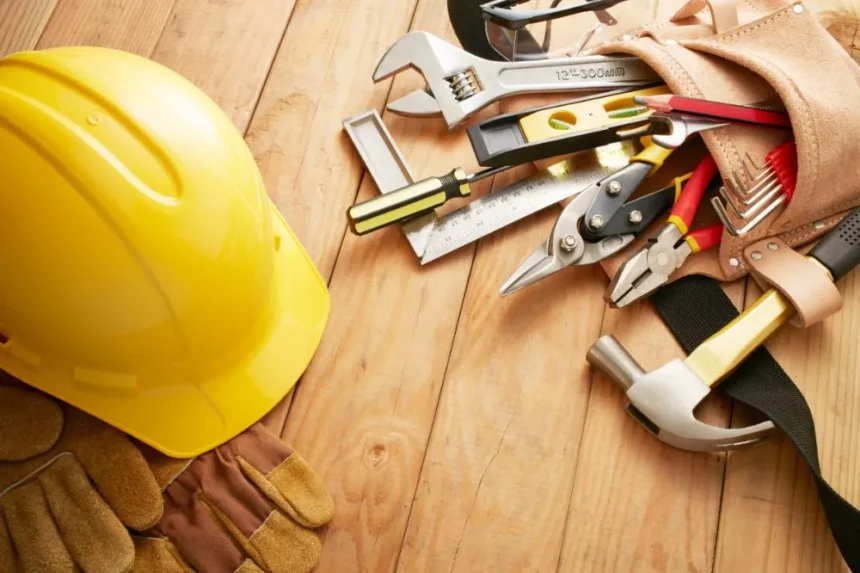In any structural project, from residential builds to large-scale commercial construction, the success of the work hinges not only on planning and materials but on the tools that bring everything together. These tools are more than just accessories; they are the backbone of efficient progress. Whether cutting, joining, fixing, or measuring, the right tools ensure each stage moves forward with precision and reliability. Here’s a closer look at the essential tools and why they matter so much on a busy job site.
The Unsung Heroes: Hand Tools
While power tools dominate the headlines, traditional hand tools still have a vital role in structural work. Hammers, chisels, levels, and trowels remain everyday essentials on site. They’re reliable, don’t require charging, and allow for greater control in delicate or precise areas. For masonry work in particular, a quality hammer and bolster chisel are indispensable for trimming bricks or breaking through concrete.
In conjunction with hand tools, the materials they help install must also be dependable. That’s why professionals consistently choose durable fixings like masonry nails when working with concrete or brick surfaces. For example, many contractors choose to buy masonry nails online to ensure they have quick access to robust, construction-grade supplies that won’t let them down when the pressure’s on.
Power Tools: The Driving Force
Power tools are where productivity really takes off. Drills, impact drivers, circular saws, and angle grinders are crucial to maintaining momentum. They speed up tasks that would otherwise take much longer and help reduce physical strain on workers, increasing overall efficiency on-site.
Structural tasks often involve repetitive drilling, fastening, or cutting. Cordless power tools are especially useful here because of their portability and reduced setup time. When fitted with the correct bits and accessories, they can drill into concrete, drive screws into wood, or slice through metal with ease. This versatility allows crews to switch between tasks without missing a beat.
Measuring and Layout Tools
Precision is paramount in structural work. If just one measurement is off, it can throw off the integrity of the entire structure. Tools like laser levels, measuring tapes, spirit levels, and squares are essential to maintaining accuracy at every step.
Before the first brick is laid or the first beam is installed, measuring tools help ensure the layout is true. As the project evolves, they continue to play a role in verifying that all components align as they should. This consistency eliminates delays due to errors and ensures that each step supports the one before it.
Lifting and Handling Equipment
As structures take shape, lifting heavy materials becomes a daily necessity. From scaffold hoists to material lifts and wheelbarrows, this equipment helps crews move heavy loads safely and quickly. Keeping a project moving means minimising downtime and fatigue. Using the right lifting gear not only protects workers but also ensures that materials arrive where they’re needed without damage.
Safety gear also falls under this umbrella. Helmets, harnesses, gloves, and boots protect workers from on-site hazards, allowing them to continue their work confidently and efficiently.
Storage and Organisation Tools
It’s not enough to have the right tools; knowing where they are at all times keeps the project flowing. Toolboxes, tool belts, and mobile storage units keep equipment secure, accessible, and protected from damage. Proper organisation reduces the time spent searching for specific tools or supplies and helps prevent costly losses.
On large sites, keeping nails, screws, brackets, and fixings neatly organised can be the difference between seamless work and repeated delays. That’s why sourcing reliable components in advance and storing them properly is part of a smart project plan.
Moving Forward with Precision
Tools keep the rhythm of a structural project steady. From preparation and layout to lifting and fixing, each item in the toolkit contributes to momentum and success. Whether using simple hand tools or advanced power equipment, having the right gear ready and in good condition is key to moving forward without interruption. When these tools are paired with high-quality fixings and materials, they become the foundation for a job well done.


